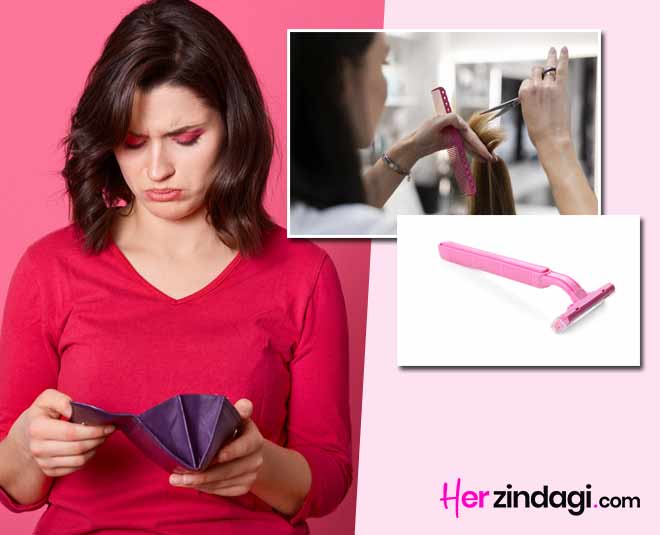
Pink Tax: Learn Everything You Need to Know About The Extra Tax That Only Women Pay
Have you ever compared the cost of men's and women's products? If you have, you've probably wondered why women's t-shirts, perfumes, and razors are more expensive than men's. Well the reason for women paying more than men is just because they are women.
That's right, you read that correctly. However, to the majority of us, this simply does not exist since we have accepted it as the usual and chose to ignore it. But today is the day to confront the elephant in the room and learn everything there is to know about the Pink Tax that women have been paying.
What Is Pink Tax?

Pink tax is a form of gender-based pricing discrimination that refers to an inherently invisible cost that women are paying for things that are specifically intended and marketed to women, as opposed to products that are made and marketed to males, which are usually available for less.
This means that for the same/similar thing, women are charged more than males. For example, a disposable blue or black colour razor for men costs around Rs. 20, while a pink disposable razor for ladies costs around Rs. 55. This is also true with salon services. A haircut for men, for example, costs around Rs. 150, whereas a haircut for ladies might cost up to Rs. 600 or even more. In a nutshell, things marketed mostly to women and advertised primarily in pink cost more.
Women's Product 7% More Costly Than Men's Products
In a study conducted by the New York City Department of Consumer Affairs, nearly 800 items in 35 product categories were analyzed and they found that the items for female consumers cost more than products for men across 30 of those categories.
Overall, women's products are 7% more expensive than men's similar products. Women pay more than men for comparable personal care products 56% of the time.
1
2
3
4
This trend is not exclusive to the first world. Women in India, too, pay a pink tax on a variety of products and services targeted specifically to them.
Why Pink Colour For Pink Tax?

The tax levied only on women's tax is called 'Pink' Tax because many women's products which are priced higher happen to be pink.
Pink, as thought to be a delicate colour, gives the products a delicate look, which works as a way for companies to attract more people.
Also, Pink Tax is not a literal tax, it is a socio-economic one.
Pink Tax Effect In Society

For women who are already fighting the wage gap, this has significant financial implications. According to the International Labour Organisation (ILO), women work more and are paid less.
Meaning, it is exploiting women's willingness to pay more for products they truly need and using this disadvantage to drive profits.
On one hand, women are not remunerated enough for their work, and on the other hand, they are getting charged for similar products than men. That's not fair!
Don't miss: Everything You Need To Know About The Pink October Month
What Can Be Done?
This problem may get solved when everyone comes together against it. You have to educate more and more people about it. Wherever you have such practices happening, expose it on social media. It can make a huge impact.
Don't miss: Why Is Everyone Objecting To Being Called A Feminist?
How To Avoid Pink Tax?
- Be a savvy shopper. You don't need to go for pink products if you think a less-expensive blue version of the product can do the same thing.
- Shampoos, conditioners, and lotions marketed to women cost more because of their spiffy packaging and appealing fragrances. Think and decide if you really need those fragrances or an ordinary, less expensive shampoo can work for you.
- Next time you go shopping, set a target. This way even your temptations won't let you spend more on unnecessary items.
- Educate more and more people about the Pink Tax.
These are some smart ways that may help you avoid paying extra as the pink tax. As the world is gradually becoming a fairer place, issues such as the Pink Tax, which causes inconvenience in women's lives, need to be discussed more.
What are your thoughts on Pink Tax? Do share your thoughts and experiences with us by commenting on our Facebook or Instagram page.
For more such stories, stay tuned to HerZindagi!
Also watch this video
Herzindagi video
1
2
3
4